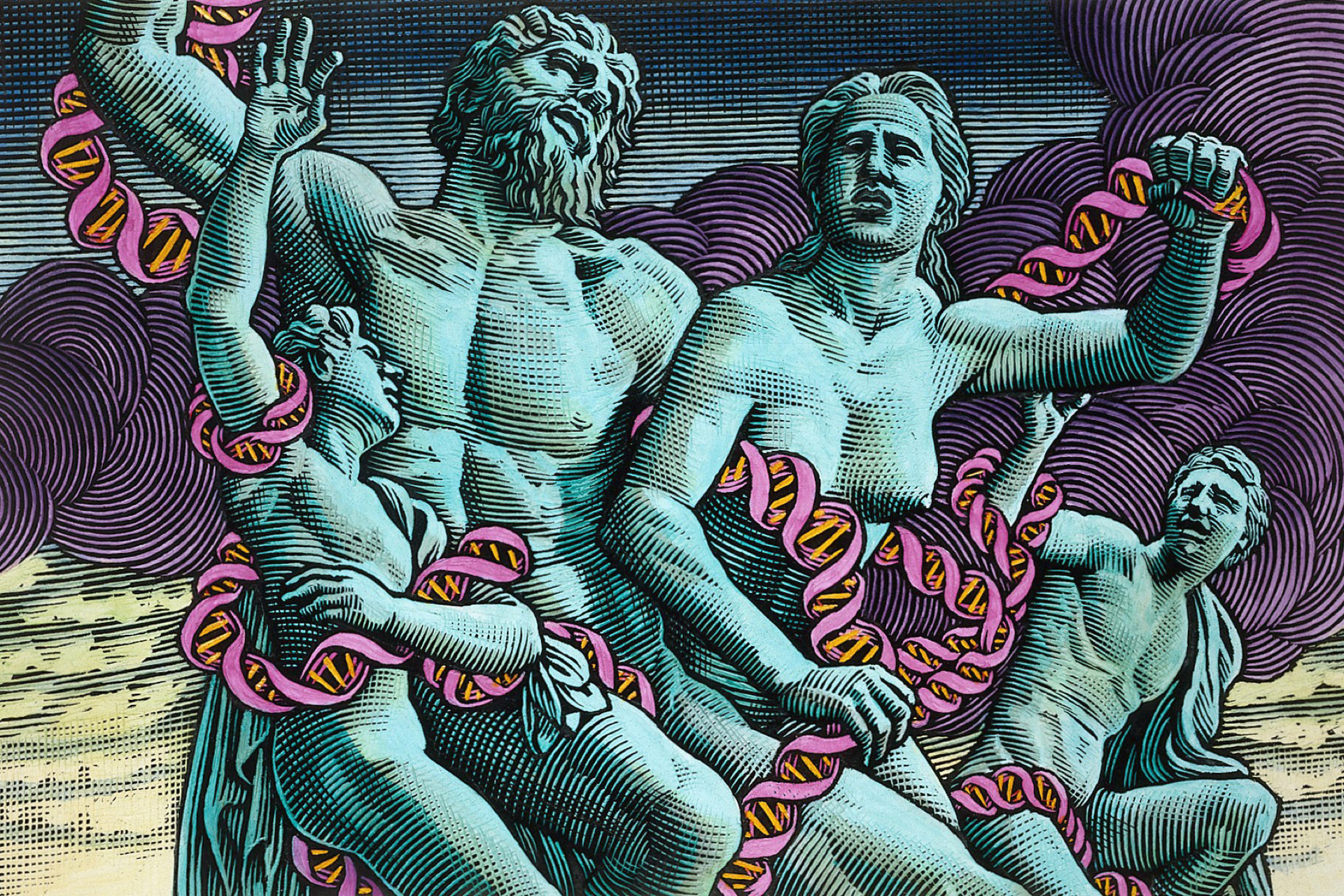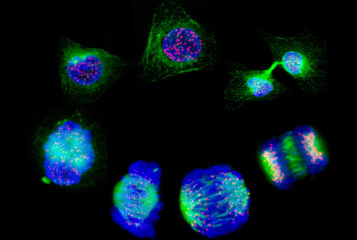A group of anonymous scientists has voiced concerns about a controversial stem cell finding published online in Cell earlier this month, causing the journal to begin an investigation.
The study initially captivated the media and scientific community when its authors reported they had successfully generated the first human embryonic stem cell line from adult skin cells using somatic cell nuclear transfer (SCNT) (reported in BioNews 705).
The suspicions, issued on post-publication peer review website PubPeer, centre on four images that are alleged to be incorrectly and inappropriately duplicated, mislabelled, or otherwise manipulated. The reviewers were silent about whether this constituted intentional fraud, suggesting that mistakes were possible but remarking that two of the images required work beyond accidental error.
In response to the matter, the journal has launched a preliminary investigation into the paper. Cell spokesperson Mary Beth O’Leary summarised the results, stating that while 'there were some minor errors' they did 'not believe these errors impact the scientific findings'.
Lead author Dr Shoukhrat Mitalipov, of the Oregon Health and Science University, has also responded to the allegations. He defended his results, citing nothing but 'honest' and 'innocent' mistakes, but plans to write an erratum for Cell. Dr Mitalipov further intends to distribute the cells to ten other research centres for external verification. Addressing the concerns at large, he explained: 'The results are real, the cell lines are real, everything is real'.
These allegations echo several of the same charges originally raised against Hwang Woo-Suk, whose infamous paper in the journal Science was discovered to contain fabricated figures and data. 'This is really like déjà vu all over again', Dr Arnold Kriegstein, a fellow stem cell researcher at the University of California-San Francisco, told Nature News.
In addition to sparking concerns about the images, the study has served as a lightning rod for growing dissatisfaction among scientists with the peer review system. Cell accepted the paper four days after submission and published it twelve days later — an accelerated process that has led many to question the quality and rigour of its review for highly anticipated findings.
Dr Kriegstein highlighted this disappointment: 'The four day review process was obviously inadequate. It's a degree of sloppiness that you wouldn't expect in a paper that was going to have this profile. One worries if there is more than meets the eye and whether there are other issues with the work that are not as apparent'.
Cell has negated these accusations, with O’Leary arguing: 'It is a misrepresentation to equate slow peer review with thoroughness or rigour or to use timely peer review as a justification for sloppiness in manuscript preparation'. Instead, the quick acceptance was simply due to the graciousness of reviewers, she stated.
Dr Mitalipov has absolved the journal and articulated that he himself is responsible as he wished to publish the findings in time for the annual meeting of the International Society for Stem Cell Research. In doing so, he believes he may have rushed the manuscript.
Cell and Dr Mitalipov continue to stand behind the central claim of the paper, with the print version of the article available 6 June 2013. The scheduled date for the erratum is yet to be revealed.
Sources and References
-
Cloned stem-cell study under fire for sloppy errors
-
Cell Investigating Breakthrough Stem Cell Paper
-
Stem-cell cloner acknowledges errors in groundbreaking paper
-
Cell attributes image problems in cloning paper to “minor” errors; sees no impact on conclusions
-
Comments on 'Human Embryonic Stem Cells Derived by Somatic Cell Nuclear Transfer'







Leave a Reply
You must be logged in to post a comment.